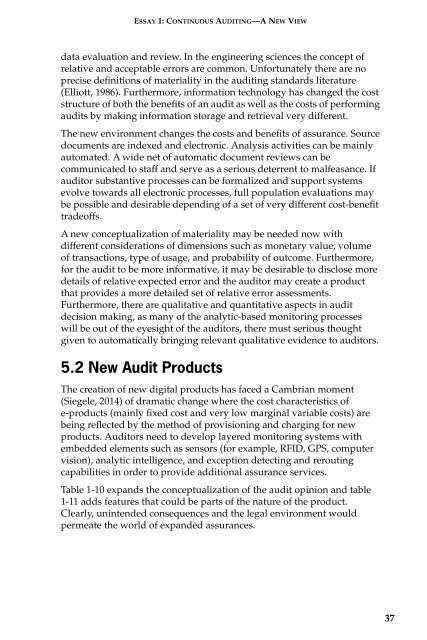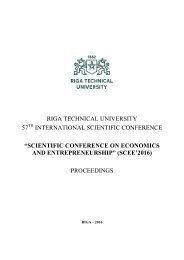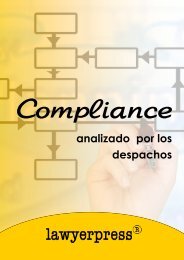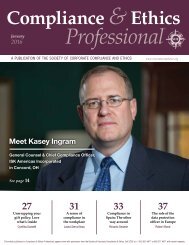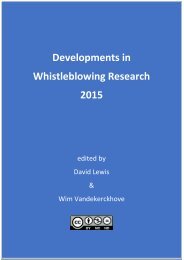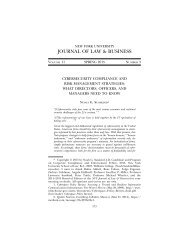AUDIT ANALYTICS AUDIT
x8YaD9
x8YaD9
- No tags were found...
You also want an ePaper? Increase the reach of your titles
YUMPU automatically turns print PDFs into web optimized ePapers that Google loves.
ESSAY 1: CONTINUOUS <strong>AUDIT</strong>ING—A NEW VIEW<br />
data evaluation and review. In the engineering sciences the concept of<br />
relative and acceptable errors are common. Unfortunately there are no<br />
precise definitions of materiality in the auditing standards literature<br />
(Elliott, 1986). Furthermore, information technology has changed the cost<br />
structure of both the benefits of an audit as well as the costs of performing<br />
audits by making information storage and retrieval very different.<br />
The new environment changes the costs and benefits of assurance. Source<br />
documents are indexed and electronic. Analysis activities can be mainly<br />
automated. A wide net of automatic document reviews can be<br />
communicated to staff and serve as a serious deterrent to malfeasance. If<br />
auditor substantive processes can be formalized and support systems<br />
evolve towards all electronic processes, full population evaluations may<br />
be possible and desirable depending of a set of very different cost-benefit<br />
tradeoffs.<br />
A new conceptualization of materiality may be needed now with<br />
different considerations of dimensions such as monetary value, volume<br />
of transactions, type of usage, and probability of outcome. Furthermore,<br />
for the audit to be more informative, it may be desirable to disclose more<br />
details of relative expected error and the auditor may create a product<br />
that provides a more detailed set of relative error assessments.<br />
Furthermore, there are qualitative and quantitative aspects in audit<br />
decision making, as many of the analytic-based monitoring processes<br />
will be out of the eyesight of the auditors, there must serious thought<br />
given to automatically bringing relevant qualitative evidence to auditors.<br />
5.2 New Audit Products<br />
The creation of new digital products has faced a Cambrian moment<br />
(Siegele, 2014) of dramatic change where the cost characteristics of<br />
e-products (mainly fixed cost and very low marginal variable costs) are<br />
being reflected by the method of provisioning and charging for new<br />
products. Auditors need to develop layered monitoring systems with<br />
embedded elements such as sensors (for example, RFID, GPS, computer<br />
vision), analytic intelligence, and exception detecting and rerouting<br />
capabilities in order to provide additional assurance services.<br />
Table 1-10 expands the conceptualization of the audit opinion and table<br />
1-11 adds features that could be parts of the nature of the product.<br />
Clearly, unintended consequences and the legal environment would<br />
permeate the world of expanded assurances.<br />
37


